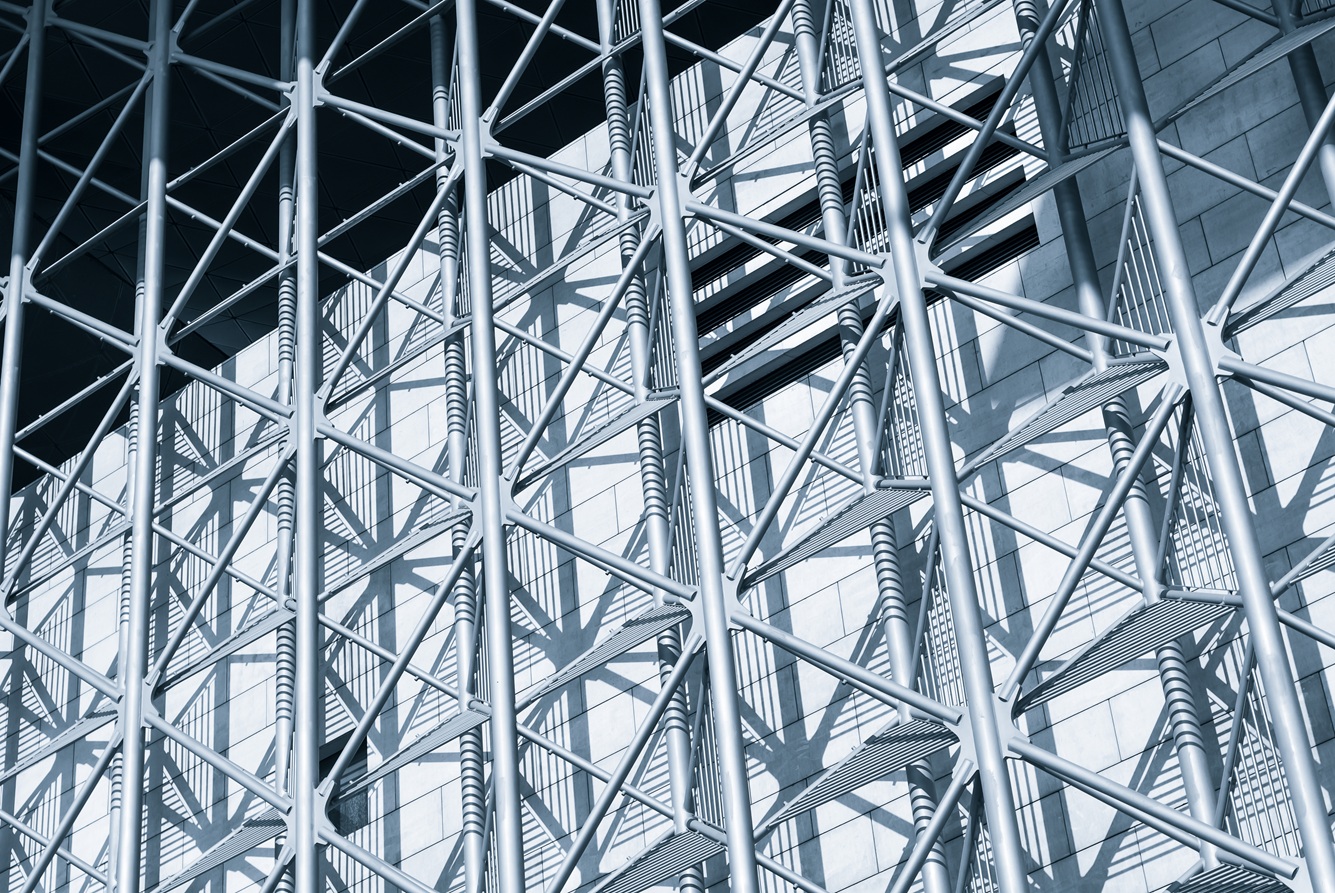

Constructing a building requires procuring all the right materials, including key metals that make it sturdy, strong, and durable. While stainless steel is one of the widely used metals in construction, several other metals also contribute to the project’s strength, ensuring it stands the test of time.
If you are a contractor, understanding the importance of these metals and components is critical. This blog has discussed the key metal building material, structural steel, and its role in the construction industry.
Read on!
The success of steel building construction depends significantly on the material choice. Structural steel is available in many grades, but selecting the right grade for the project makes all the difference. Thus, material choice is a crucial decision to make because high-quality metal building materials ensure:
Choosing cheaper materials initially may cost more in the long run, as it leads to premature repairs, safety concerns, and increased expenses.
Structural steel is one of the most critical elements in any steel building. Known for its exceptional strength-to-weight ratio, it forms the skeleton of most steel buildings. It supports the entire load, ensures design stability, and provides flexibility in complex steel design requirements. Its adaptability makes it ideal for projects ranging from high-rise buildings to large-span warehouses.
The choice between the two depends on the specifics of your construction plan:
Cold-Formed Steel: It is a lightweight material used in roofing systems and for framing walls. It is easier to handle but not suitable for heavy structural loads.
Hot-Formed Steel: It is stronger than cold-formed steel. It is used in building the skeleton of buildings as it is perfect for beams, girders, and columns.
Your choice should align with your building’s intended use and design load requirements.
Steel panels are used in varied ways in building construction, mainly in roofing systems and wall claddings. When used as exterior panels, steel provides durability and protection against the elements. These panels are coated for corrosion resistance and long-term performance.
Steel panels are available in various forms, including corrugated sheets and standing panels.
Steel frames and beams are specially designed to withstand heavy loads. Thus, they are crucial in building the skeletal structure. High-quality steel, designed to ensure maximum strength and stability, is recommended for construction purposes.
Apart from the large steel panels, frames, and beams, several other small steel components are used throughout the building, but their importance is often overlooked. Fasteners, bolts, and connectors might be small, but they are critical in reducing the risk of structural failures and maintaining the integrity of the building. Galvanized or stainless-steel options are best for resisting rust and environmental damage.
Insulation and barriers improve energy efficiency and create comfortable indoor environments. Options such as fiberglass, rigid board, or spray foam insulation are suitable for steel buildings. Vapor barriers and weatherproofing materials also protect against moisture buildup, which can compromise structural integrity over time.
Structural steel is not inherently corrosion-resistant; therefore, it requires protective coatings. Primers, paints, and specialty coatings provide corrosion resistance and aesthetic appeal. Investing in high-quality primers and paints not only protects the steel from corrosion but also offers protection against humidity, chemical exposure, and UV rays.
As the construction industry evolves, so do the building materials. Here is what the construction industry will be relying on for building materials in the future:
Sustainable Materials: The demand for sustainable materials is increasing. Many clients demand recycled and eco-friendly options.
High-Performance Coatings: Advanced nanotechnology coatings are playing a crucial role in enabling contractors to utilize structural steel and other metals in innovative ways.
Energy-Efficiency Solutions: Insulated metal panels and cool roofing panels are in demand as they conserve energy.
While we have discussed the few, we are sure to witness more of such trends in the future.
When constructing a building, each material should be carefully selected to ensure not only the project’s success but also its longevity and strength. When procuring structural steel for your project, consider sourcing it from a trusted supplier like New Mexico Metals LLC.
Metal quality is the key to success, and we know it. Therefore, we stock a range of structural steel grades suitable for various projects and applications. Make thoughtful choices of building materials with New Mexico Metals LLC.
Explore our range today!
1. Que: What is structural steel, and why is it important?
Ans: Structural steel is a strong form of steel that is used to support buildings.
2. Que: How does steel design impact a building’s performance?
Ans: Steel design ensures stability, safety, and the ability to withstand external forces effectively for an extended period.
3. Que: What materials are best for insulating steel buildings?
Ans: Fiberglass, rigid board, and spray foam insulation are ideal for improving energy efficiency.
4. Que: Are there different types of steel used in metal building construction?
Ans: Yes, cold-formed and hot-rolled steel serve different purposes based on load requirements and building design.
5. Que: How can I ensure the longevity of a steel structure building?
Ans: Use high-quality metal building materials, proper coatings, and regular maintenance to extend your building’s lifespan.